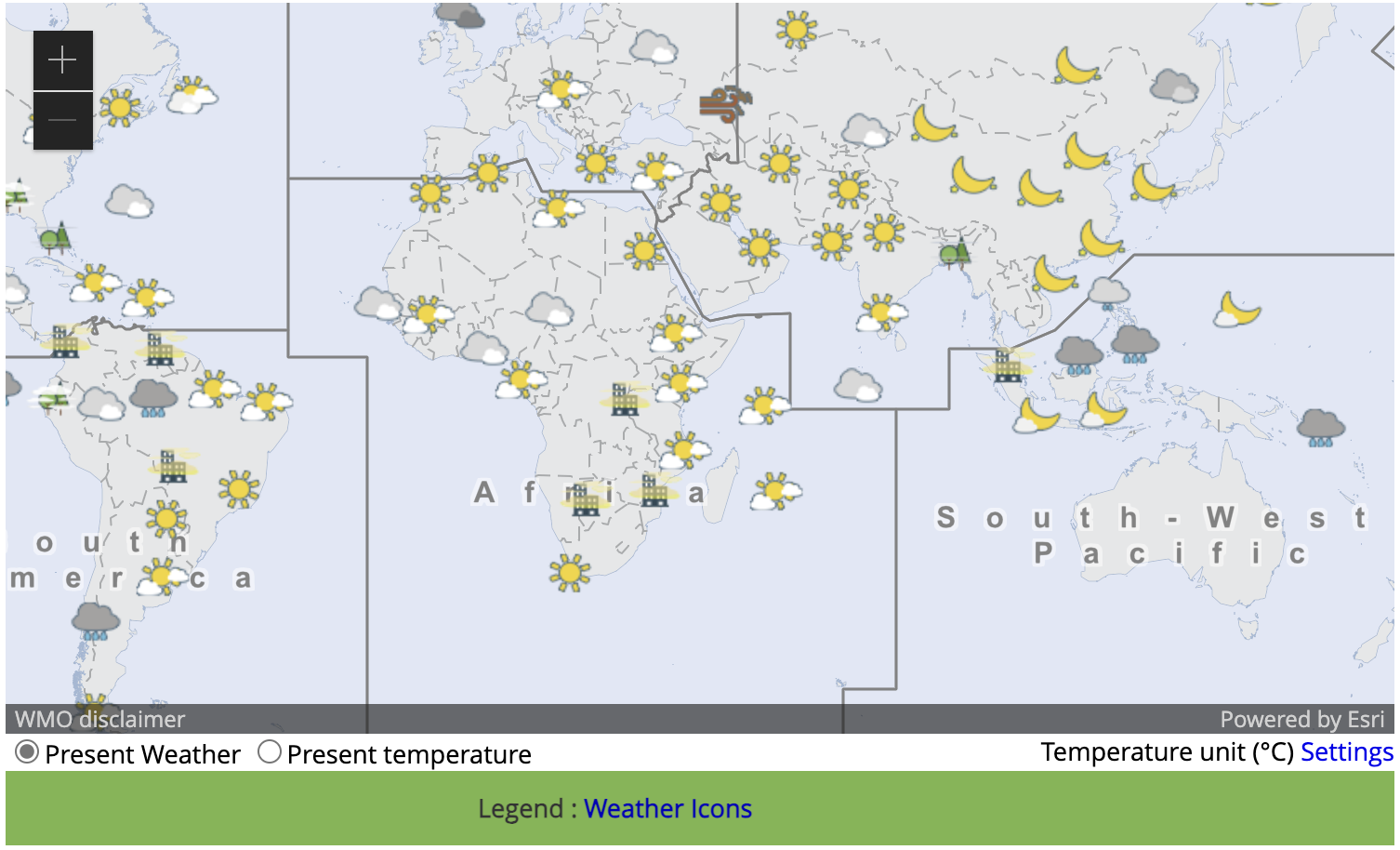Common Alerting Protocol

The Common Alerting Protocol (CAP) is a standardized message format designed for all media, all hazards, and all communication channels. That is, a universal format for emergency alerts, ensuring critical information reaches everyone.
Think of CAP as a "standard business form", just as a paper form can be used by different people across various sectors, CAP can be applied to all types of emergencies and communication channels. By leveraging online public media, alerting authorities can target their warnings to the right people at the right time.

The Value of CAP:
- CAP complements existing alerting systems and allows for standardized multi-hazard early warning dissemination.
- CAP enables alerts to reach people through numerous channels simultaneously, enhancing the likelihood that everyone receives critical information promptly and effectively. All of this can be achieved at minimal additional cost.
- A single CAP message can activate multiple alerting systems, minimizing delays and reducing the need for manual input. The versatility and adaptability of CAP have created new possibilities for emergency alerting, making it a valuable tool for protecting public safety.
- CAP messages are routed through the WMO Register of Alerting Authorities (RAA) to recognize warnings coming from genuine, authoritative sources for the respective designated alerting areas.
Advancement of CAP implementation globally represents a significant milestone in the Early Warnings for All (EW4All) initiative . It can be considered as the bridge connecting “observations, monitoring, analysis and forecasting” to “warning dissemination and communication”.
Severe Weather Information Centre (SWIC)
CAP messages are displayed on the Severe Weather Information Centre (SWIC), a WMO website that offers a centralized source for official warnings and information issued by NMHSs. SWIC ensures that users have timely access to critical weather alerts and updates, helping to enhance public safety and awareness during severe weather events.
World Weather Information Service (WWIS) :
The World Weather Information Service (WWIS) provides official weather observations, forecasts, and climatological information for selected cities worldwide, supplied by National Meteorological and Hydrological Services (NMHSs). It serves as a reliable platform for accessing accurate weather data, including links to official weather service websites and tourism organizations. Visual weather icons accompany the text forecasts for easier interpretation.
CAP Global Multi-hazard Alert System (GMAS), a core WMO framework for substantially increasing and enhancing the availability of authoritative warnings and information related to extreme and/or potentially high-impact weather, water, and climate events – regionally and globally.
Resources and Guides
Explore our collection of documents and guides related to CAP.
These resources are designed to help you better understand
and implement CAP strategies in various scenarios.
Guidelines for Implementation of Common Alerting Protocol (CAP)- Enabled Emergency Alerting
WMO Guidelines on Multi-hazard Impact-based Forecast and Warning Services





